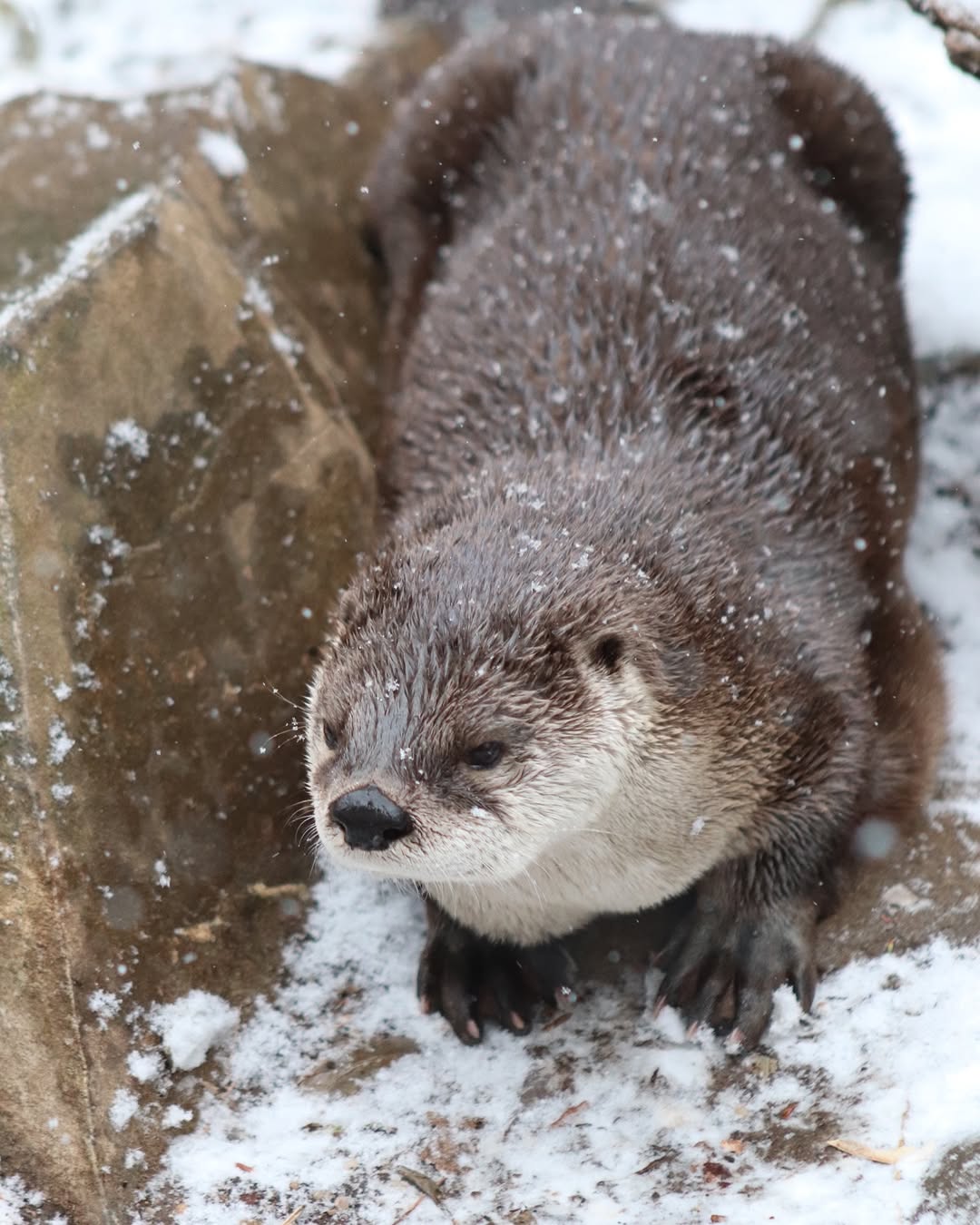- The ecological impact of snow on zoo ecosystems and animal welfare.
- The behavioral adaptations of animals to snowy environments.
- The challenges and strategies of zoo management during winter conditions.
- The role of zoos in wildlife conservation and education under diverse weather conditions.
- Bela & Jacob: A photographic journey capturing zoo life in the snow.
Snow brings a transformation to zoos, creating landscapes that look straight out of a winter wonderland. Yet, the beauty of snow brings with it a range of consequences, especially concerning the ecological dynamics within zoos. Snowfall affects not just the physical environment but also the wellness of both captive animals and their wild counterparts. Essentially, the presence of snow contributes to a cascade of ecological shifts. For instance, many animals require more caloric intake to maintain body heat in colder temperatures, challenging zookeepers to adjust their nutritional plans accordingly. Snow also insulates the ground, affecting many species’ burrowing behaviors, impacting how some rodents and smaller mammals construct their shelters. Moreover, snowfall contributes to changes in flora within the zoo precincts, subsequently impacting the feeding habits of herbivorous animals. Thus, a picture-perfect snowy day at the zoo demands a careful assessment of its ecological footprint.
Adaptation to snow is essential for many species residing within zoos. These animals, whether native to cold climates or not, must exhibit behavioral modifications to thrive in a snowy environment. For cold-adapted animals, such as polar bears and snow leopards, snow may offer a semblance of their natural habitat. However, for tropical species, zoos must take additional measures to simulate optimal conditions. Behavioral adaptations manifest through changes in activity patterns; some animals might become more active in an attempt to keep warm. Playful interactions, especially among social animals like wolves or primates, may increase during snowfall, offering enrichment and stimulation. Interestingly, some animals utilize snow for grooming and cooling down after physical exertion. Zoo staff often engage in observational studies to document these behavioral changes, offering valuable insights into species-specific snow adaptations.
Operating a zoo during snow-laden days encompasses numerous challenges, yet it also presents opportunities for innovation in management practices. The onset of snow requires logistical adjustments to maintain animal habitats, ensuring that pathways remain clear and enclosures are secure against the elements. Heating systems become paramount for indoor enclosures housing tropical species, while outdoor habitats need regular assessments for any signs of structural weakness due to snow accumulation. Veterinary care teams must stay vigilant, adapting their health-check routines to promptly address any cold-related ailments that could arise. Moreover, snow impacts visitor safety and accessibility, necessitating precise park operations to accommodate reduced mobility and maintain visitor engagement. By embracing winter challenges, zoos can develop creative educational programs, highlighting the unique adaptations and care strategies employed during snowy conditions.
Zoos are pivotal in wildlife conservation and education, serving as sanctuaries and learning hubs in any weather. Snowy conditions enrich the narrative of conservation efforts, demonstrating the resilience of species facing climate challenges. For zoos, the snow presents a unique opportunity to educate the public on environmental adaptation, climate change, and species conservation strategies. Many zoos incorporate snow-day programs, illustrating how species survival is intertwined with rapidly changing environmental conditions. These programs often connect the local environmental challenges with broader conservation goals, creating an informed, engaged audience. By fostering a deeper understanding of the interconnectedness of ecosystems, zoos contribute to heightened awareness and advocacy for wildlife conservation.
Bela & Jacob, wildlife photographers, capture the serene beauty of snowy landscapes within zoos, offering an artistic representation of these often-overlooked winterscapes. Their work goes beyond mere aesthetic appreciation, serving as a valuable documentation of zoo life under snow’s transformative influence. Each photograph chronicles the interplay between animals and the changing landscape, providing insights into behavioral patterns, habitat utilization, and the broader ecological picture during winter. Their visual narratives document the adaptability and resilience of species, supporting educational and conservation discourses within zoos. By focusing on the snowy day at the zoo, Bela & Jacob contribute to an enhanced appreciation of human efforts in creating sustainable and enriching habitats for diverse species.
In capturing the mosaic of life within a snow-covered zoo, these topics highlight complex interactions within conservation, management, and ecological adaptation. Through this journey, the narrative of zoos expands, bringing forth a story of cohabitation and resilience amidst winter’s delicate beauty.
*****
Source Description
❄️ Another picture-perfect snowy day at the zoo! ❄️
📷: Bela & Jacob


